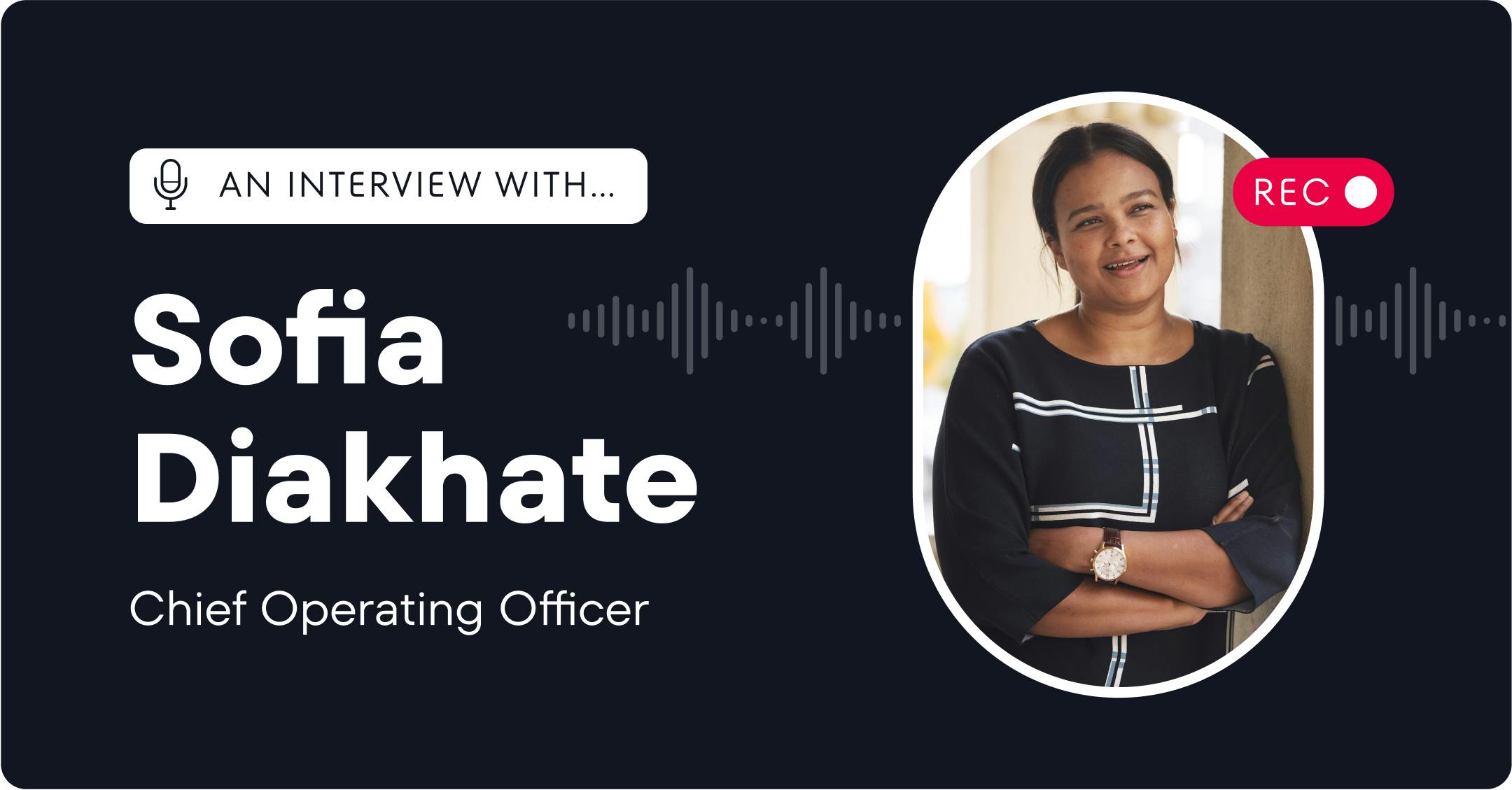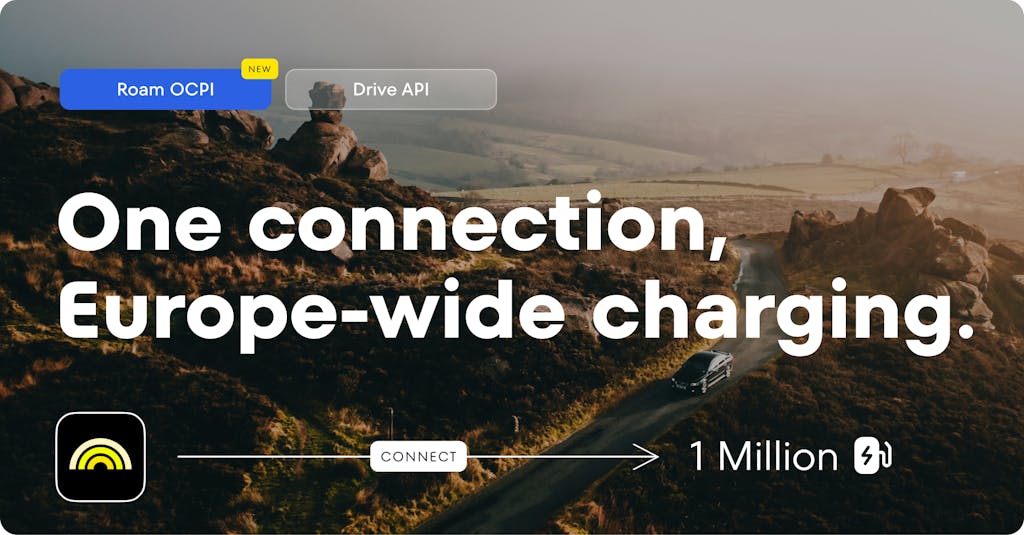
Are electric cars ready for mass adoption?
“Ten years ago it was a niche phenomenon and people were happy to truly understand how their car and everything around it works. But today, you don’t have to be an engineer to drive an EV. Many people who buy an EV in 2024 don’t understand anything about the technology that makes it work, nor should they need to. They’re just looking for a sustainable solution to get around.”
So if people don’t care about charging itself, how do we get them to understand public charging and use the apps that make it possible? Sofia raises three main points:
- Pricing
- Education
- Value adding services
The driver always has to pay for bad pricing
With many different roles, business models, and pricing systems, it’s not always easy for the driver to understand how EV pricing works.
“We still get too many angry emails from drivers who haven’t really understood how much charging their car is going to cost them. That’s just not OK. Either the pricing model is too complicated, or we haven’t communicated it clearly.”
But even when drivers do understand the end price, public charging is still too expensive at times. Sofia names short-sighted business practices as one of the main reasons:
“Not every charge point operator is willing to open their network to our drivers. And some impose unfavorable terms and unreasonably high rates. At the end of the day, it is the driver who is going to have to pay for this As an industry, we need to keep working on ensuring reasonable prices in public charging, end-to-end, all the way to the driver, no matter their chosen payment method or channel.”
The new generation of EV drivers
While electric cars are moving towards mass adoption, problems experienced during the early stages still define how people think about them. Even though charging networks have grown exponentially and the newer EV models have a much longer range, many consumers are anxious about electric cars. Sofia says there’s no reason.
“EV charging is still a fairly new thing, with a lot of false information going around. People know the horror stories of how difficult EV driving used to be ten years ago. Range anxiety, getting stranded with no charger for miles, chargers not working… That’s just not the reality anymore. We need to make sure both drivers and decision-makers have their facts up-to-date.”
This means repeating the basics. Luckily, there’s always someone to hear them for the first time.
“I’ve been in this bubble for a long time, so the things I take for granted are new information to many others. There’s always a new generation of EV drivers. In the past, anything to do with electric cars wasn’t relevant to them. Now, when they’re considering buying their first EV, there’s a lot to take in.”
At the same time, EV drivers are the best ambassadors for sustainable mobility.
“When your neighbor buys an electric car, you’re naturally curious. You’ll probably ask if it works well, what the range is, and if you can find public charging. And when your neighbor tells you it’s all good, you’ll have peace of mind to get one, too. That’s how it snowballs.”
In-car data brings opportunities
Having a charging app that allows you to easily top up your EV helps you solve the very tangible problem: your battery is almost empty, where’s the nearest charger, and how to access it? But according to Sofia, we can do even better.
“Just recently, we added the route planner feature to the Plugsurfing app. This helps drivers plan longer journeys with confidence. With information about the car model, charge level, and road conditions, it gives you an accurate idea of how far you can get and where you should charge to reach your destination. But this relies partly on information the driver needs to enter. With access to in-car data, we could create something that makes public EV charging a more seamless part of your life. For example, your car’s battery level data would allow us to remind you to top up. Or when your ongoing charging session is almost done, we could tell you to head back to your car.”
Europe needs green jobs
Europe has led the way in EV adoption and building the necessary charging infrastructure. But unfortunately, the sales of new electric cars are not picking up at the desired speed everywhere. Instead, there are political headwinds and talks of scaling back the end date of traditional petrol and diesel car manufacturing. Sofia understands some of the criticisms that electric cars are facing, but doesn’t see them as a dealbreaker:
“There are legitimate concerns about the transparency of the EV value chain when it comes to sustainability issues. My solution is not to stop making electric cars but to make it clear what people are getting and paying for. We can learn lessons from other industries where the demand for more transparency and better practices has led to clear differentiation in sustainability.”
Sofia also highlights the long-term effects on the European economy:
“The world is moving away from fossil fuels. Related technological innovations and the companies making them happen will keep on coming. The question is, will they be created in Europe or somewhere else? If we scale back our goals instead of actively working to make them happen, Europe risks missing out on the jobs that the green transformation brings. True, postponing the inevitable will mean artificially keeping some of the existing jobs and companies going a little longer. However, I’d rather lean forward and build the foundations for jobs that will be here in the future too.”
Voice of the charging industry
Sofia sees ChargeUp Europe as the best way for the EV charging industry to influence policy on the EU level:
“ChargeUp Europe has a good working relationship with the EU parliament. We can get our voices heard and exchange ideas with the decision-makers. Policy needs to be based on the latest information, not horror stories from the early days of EV driving.”
In addition, Sofia highlights the composition of the industry body as a key strength:
“ChargeUp Europe is comprised of different types of companies involved in the EV charging space. Having worked in charge point management, sourcing charging equipment, building platforms, and offering emobility as a service, I can appreciate the different points of view that need to be taken into account. Diversity, representation, and collaboration help ensure it’s not a zero-sum game. Instead, we get sensible solutions that benefit the driver and the industry in the long run.”

